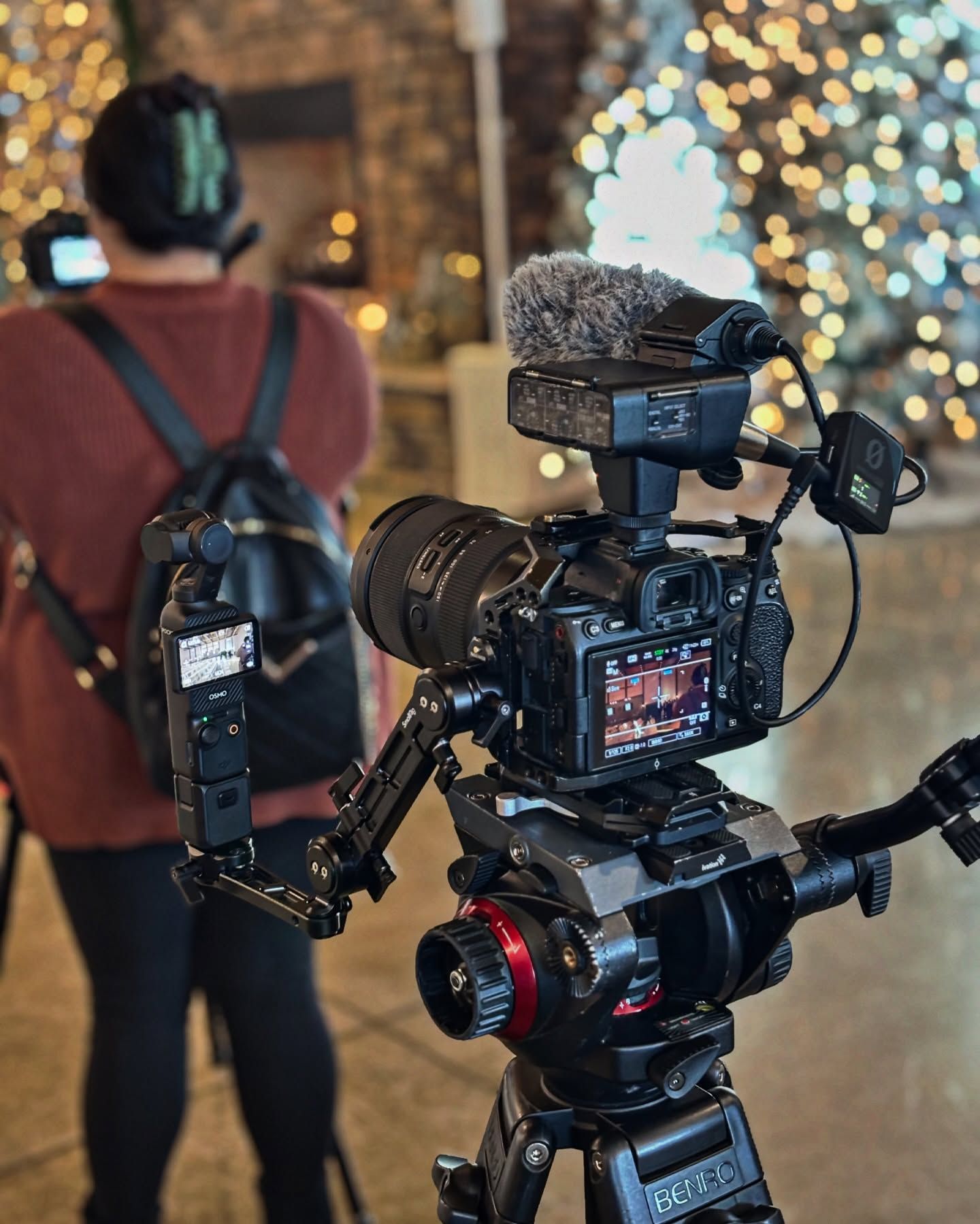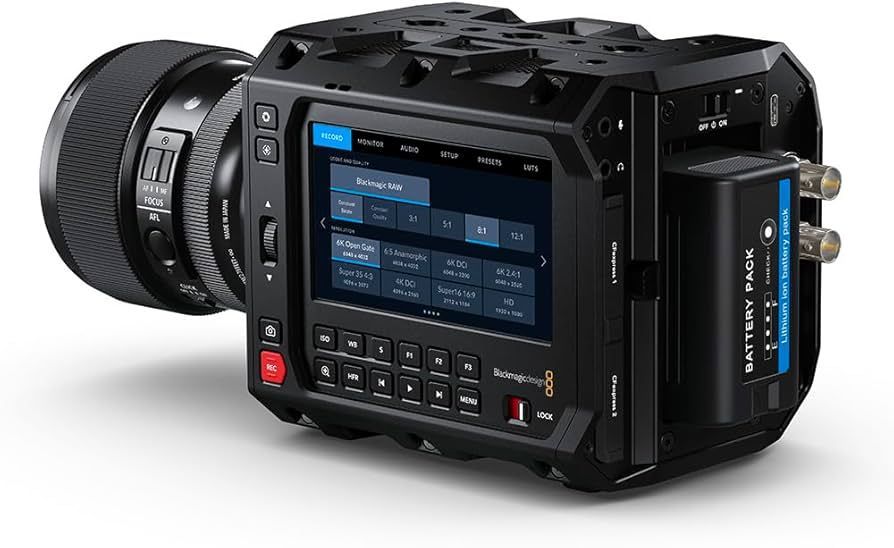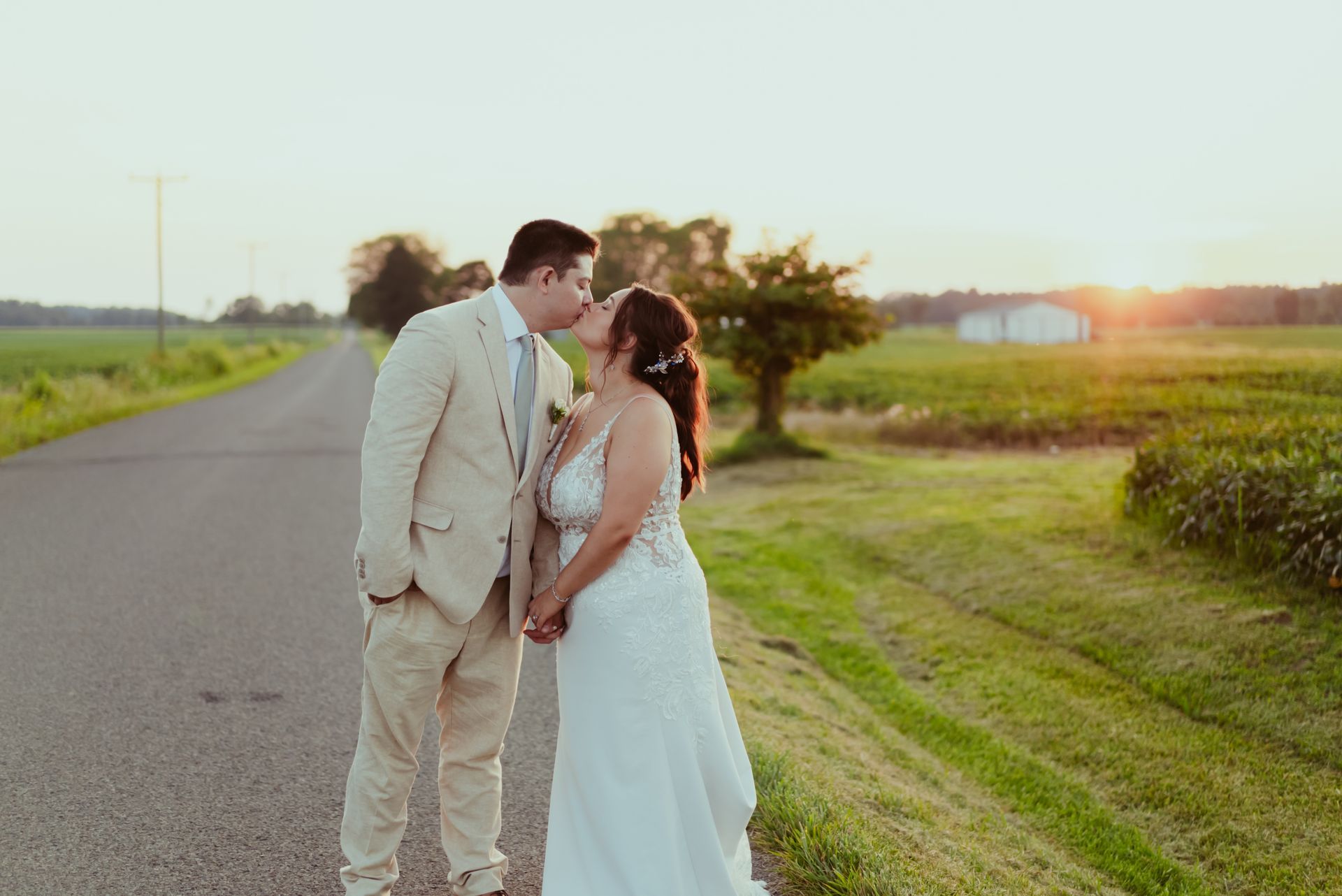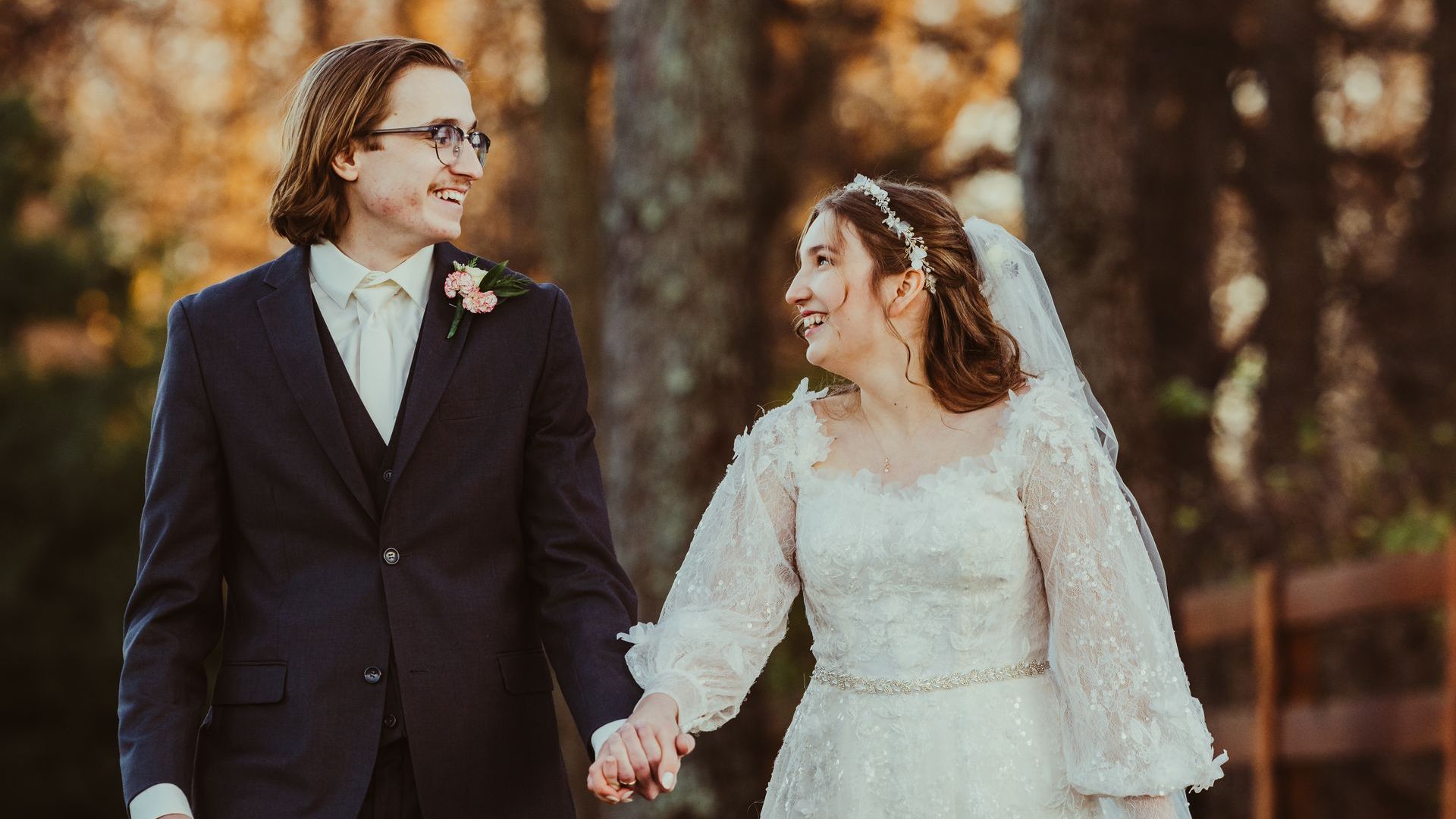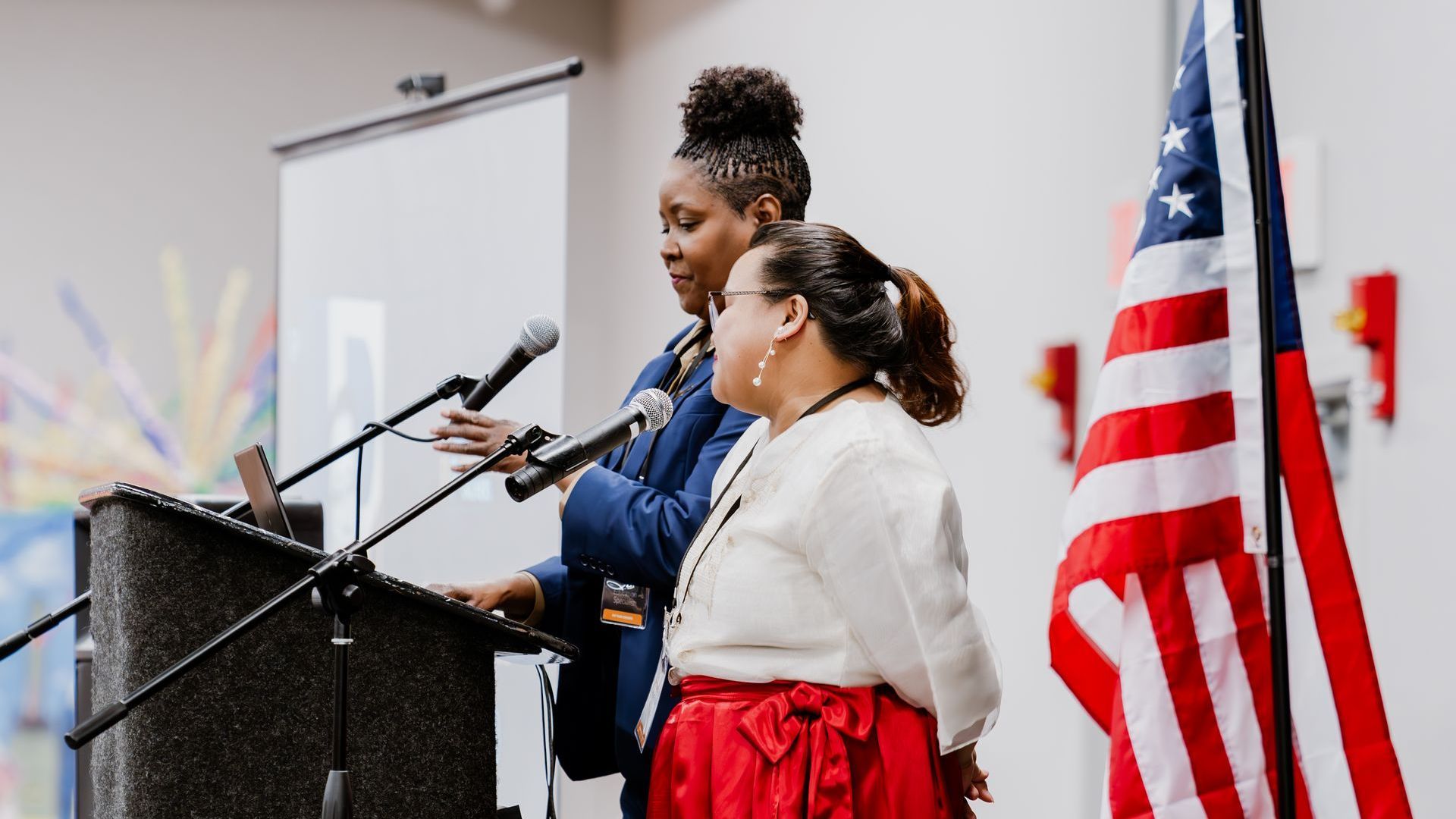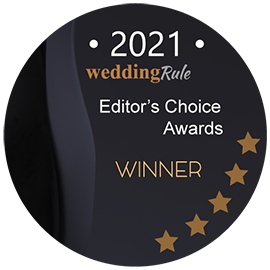How to Master Wedding Photo Poses: A Photographer's Do's and Don'ts Guide
Did you know that feeling uncomfortable in front of the camera is one of the biggest obstacles to achieving natural wedding photo poses?
In fact, photographers consistently emphasize that couples who practice their poses during engagement sessions capture more genuine and memorable wedding pictures. However, many couples make crucial mistakes that affect their photo quality - from providing overly detailed shot lists to not considering proper lighting at their venue.
That's why mastering the art of wedding photography poses isn't just about knowing where to place your hands or how to angle your body. It's about feeling confident and natural in front of the camera while working harmoniously with your photographer to capture those perfect moments.
Whether you're planning your wedding or preparing for a photo session, this comprehensive guide will walk you through the essential do's and don'ts of wedding photo poses, helping you achieve those picture-perfect memories you've always dreamed of.
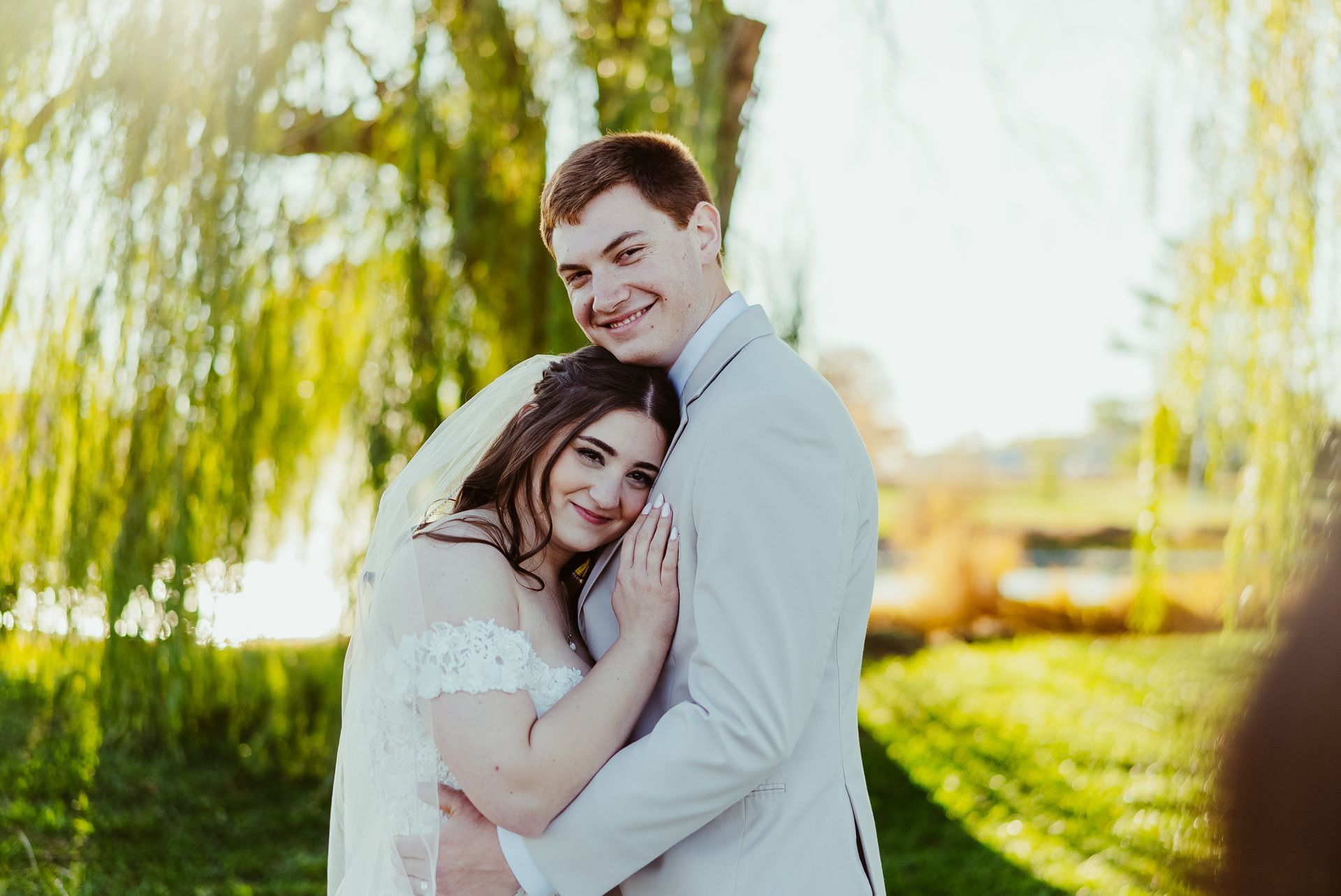
Understanding Wedding Photography Styles
Before mastering specific poses, understanding different wedding photography styles is essential as they fundamentally shape your posing approach.
Traditional vs Photojournalistic Approaches
Traditional wedding photography focuses on carefully arranged poses and formal compositions. Accordingly, this style involves more direct guidance from the photographer, ensuring classic shots that stand the test of time.
Photojournalistic approaches, furthermore, capture candid moments as they naturally unfold. This style requires minimal intervention from the photographer, allowing genuine emotions and spontaneous interactions to shine through.
Choosing the Right Style for Your Personality
Selecting a photography style that aligns with your personality creates more authentic wedding photos. Specifically, couples who prefer structure and organization often connect better with traditional photography, where poses are planned and executed with precision.
Notably, those who feel uncomfortable with formal posing might prefer a photojournalistic approach, which focuses on capturing natural movements and genuine expressions. This style works particularly well for couples who want their personalities to shine through without feeling constrained by rigid poses.
How Different Styles Impact Posing Choices
Each photography style demands different posing techniques. Traditional photography typically includes:
- Classic portrait poses with specific hand and body positions
- Formal family groupings with predetermined arrangements
- Structured couple poses that emphasize composition
Essentially, photojournalistic style influences posing by encouraging natural movement and authentic interactions. Rather than directing every detail, photographers might suggest activities or scenarios that prompt genuine reactions, essentially creating opportunities for candid moments while ensuring flattering angles.
The choice between these styles significantly affects your wedding day experience. Traditional approaches require more time for posed shots, whereas photojournalistic styles allow more flexibility to enjoy the celebration while still capturing meaningful moments.
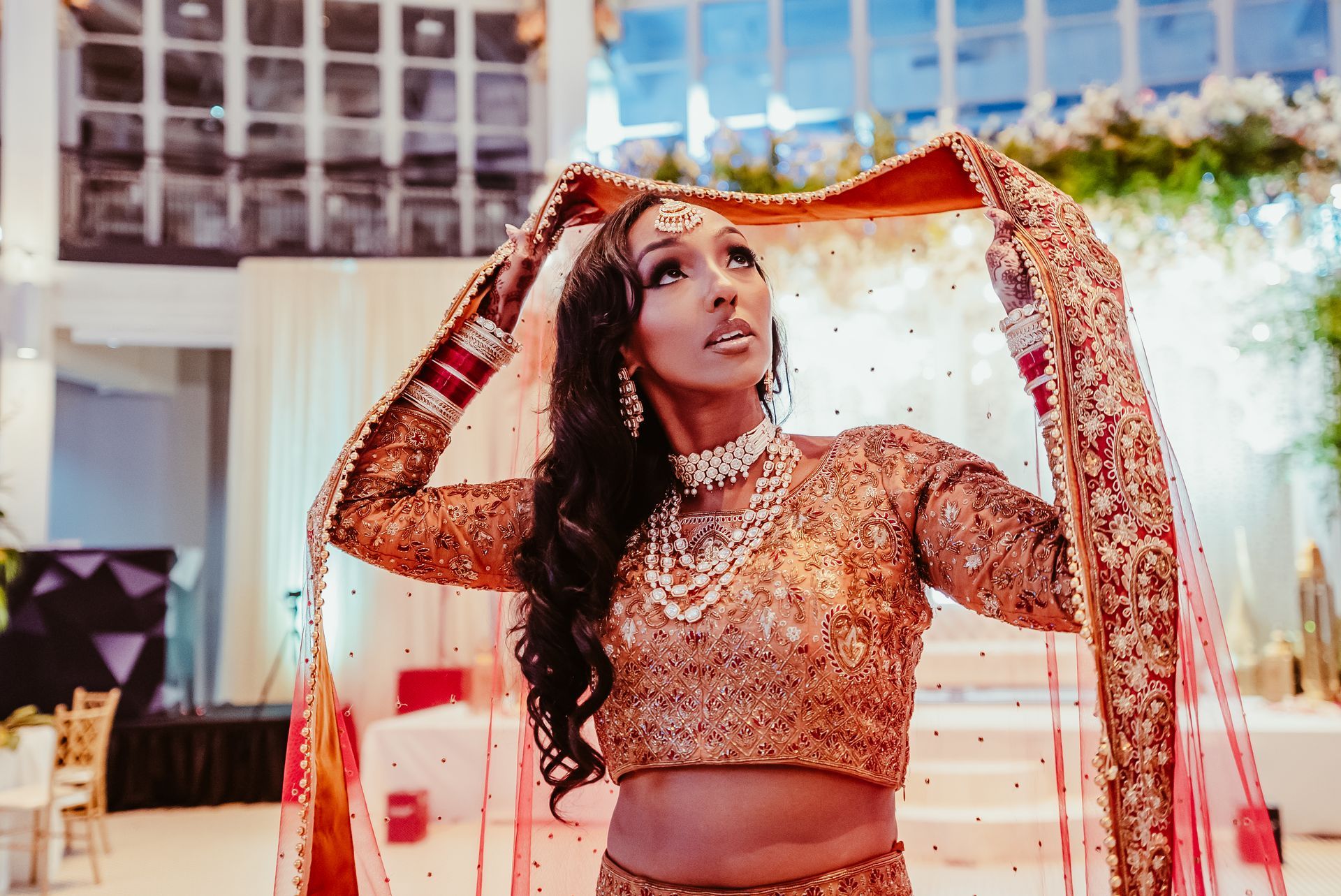
Essential Pre-Wedding Preparation
Proper preparation plays a crucial role in achieving stunning wedding photographs. A well-planned approach ensures both you and your photographer are aligned on expectations and ready to capture every precious moment.
Communication with Your Photographer
Establishing clear communication with your photographer begins 3-4 weeks before the wedding. Start by completing a detailed questionnaire that covers everything from venue logistics to family dynamics. Subsequently, share any concerns about being photographed or specific shots you envision.
Your photographer needs to know about any sentimental details, such as family heirlooms or meaningful traditions. Additionally, discuss any challenging family dynamics or relationships that might affect group photos. This information allows your photographer to navigate sensitive situations gracefully while capturing authentic moments.
Practice Sessions and Engagement Shoots
Engagement sessions serve as invaluable practice runs for your wedding day. These shoots help you become comfortable with your photographer's direction style and overcome any camera shyness. Moreover, they provide an opportunity to experiment with different poses and discover what works best for you as a couple.
During practice sessions, focus on interacting naturally with your partner instead of "posing" for the camera. Your photographer will guide you through movement-based techniques that create authentic moments. Consequently, these rehearsals build confidence and ensure more relaxed, genuine wedding photos.
Creating a Shot List That Works
While having a shot list is important, it's crucial to strike the right balance. Your photographer will have a standard list covering traditional moments, but you should primarily focus on highlighting special requests or unique elements. Consider these essential components:
- Family groupings with specific combinations
- Sentimental details or heirlooms
- Key moments with special guests
- Cultural or religious traditions
Remember that an overly detailed shot list can hinder your photographer's creativity and ability to capture spontaneous moments. Instead of micromanaging every shot, trust your photographer's expertise while ensuring they're aware of the moments that matter most to you.
Ultimately, the key to successful wedding photos lies in thorough preparation combined with flexibility. By establishing open communication, practicing during engagement sessions, and creating a thoughtful yet manageable shot list, you set the stage for capturing genuine, emotional moments that tell your unique love story.

Natural Wedding Photo Poses Guide
Mastering natural wedding photo poses begins with understanding that authentic moments cannot be forced or staged.
Creating Authentic Moments
Capturing genuine emotions requires photographers to help couples engage with their surroundings and each other. Primarily, this involves activating multiple senses - feeling the warmth of sunlight, smelling nearby flowers, or listening to ambient sounds. This technique, known as emotional grounding, helps couples stay present and creates more meaningful photographs.
To achieve authentic poses, photographers guide couples to:
- Focus on physical sensations like the texture of clothing
- Share whispered conversations or private jokes
- Interact naturally without camera awareness
- Express genuine emotions without forced smiles
Movement-Based Posing Techniques
Generally, movement creates more natural-looking photographs than static poses. Walking together, sharing gentle touches, or making subtle adjustments to clothing can produce candid moments that feel unposed. Simultaneously, these actions help couples forget about the camera's presence, resulting in more relaxed expressions and genuine interactions.
When incorporating movement, photographers often direct couples to walk naturally while holding hands or engage in quiet conversation. Undoubtedly, this approach yields more authentic results than traditional posed shots, as it captures the natural flow of interaction between partners.
Working with Different Body Types
Every couple deserves to feel confident and comfortable during their photo session. Evidently, successful photographers adapt their posing techniques to complement different body types while maintaining natural movement and authentic emotion. This includes considering angles that flatter each individual and creating poses that celebrate the couple's unique dynamic.
For optimal results, photographers position couples to create natural curves and lines, avoiding poses that might make either partner feel self-conscious. They focus on capturing genuine interactions while ensuring both partners feel comfortable and confident throughout the session.
The key to achieving natural wedding poses lies in creating an environment where couples feel free to express their authentic selves. Through thoughtful guidance and attention to individual comfort, photographers can capture moments that truly reflect each couple's unique connection and personality.
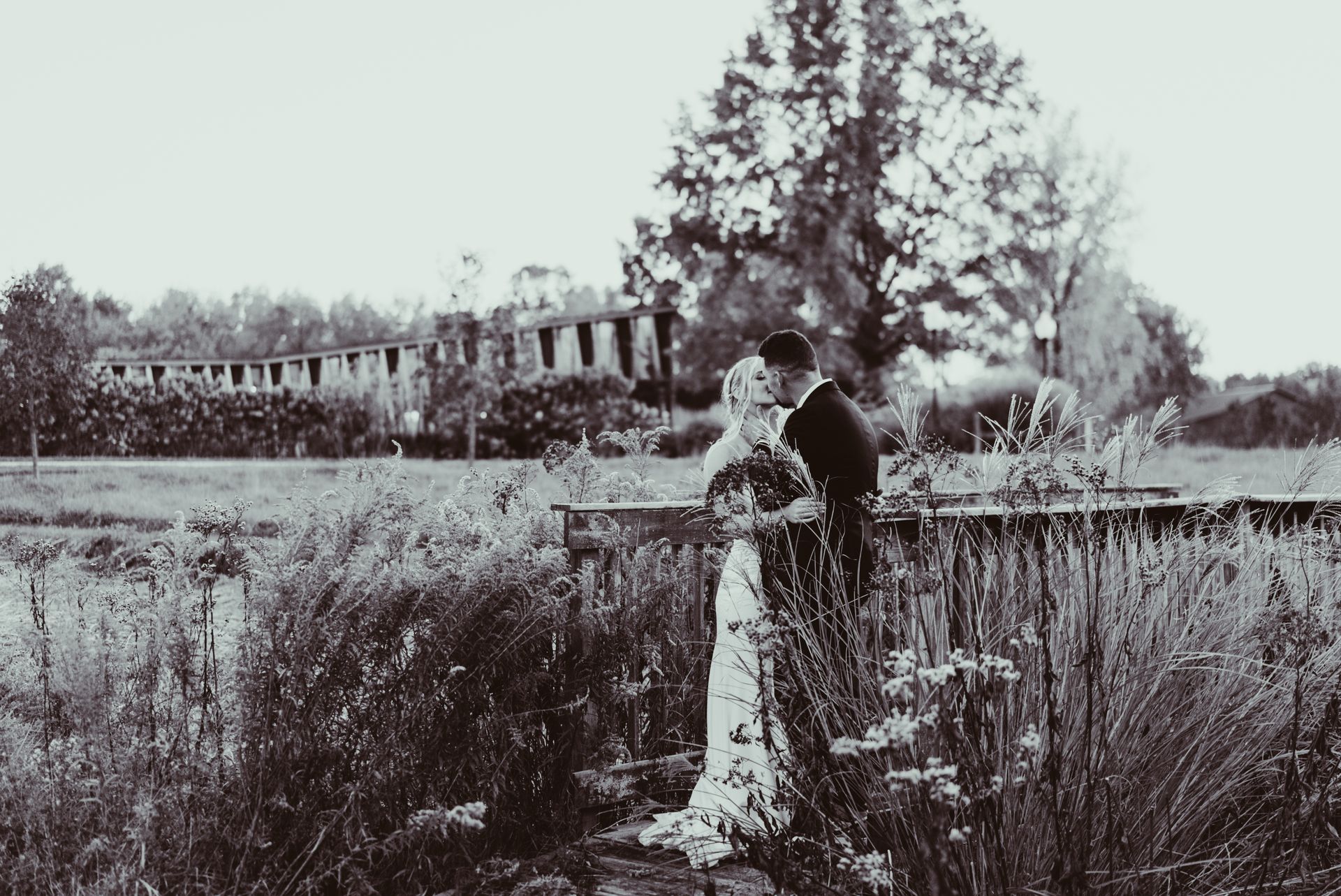
Mastering Group Photo Dynamics
Successful group photos at weddings require strategic planning and efficient execution. A skilled photographer allocates approximately 30 minutes for bridal party photos to account for inevitable delays.
Family Portrait Arrangements
Organizing family portraits demands a methodical approach. Initially, photographers position the couple as the centerpiece and build outward. For optimal results, place parents and immediate family members closest to the couple, creating a V-style formation where subjects turn slightly inward toward the center.
Primarily, successful family portraits depend on clear communication. Photographers recommend designating a family member or close friend who knows both families to help organize groups. This coordinator ensures everyone arrives at the designated location promptly, allowing photographers to focus on capturing perfect shots rather than searching for missing relatives.
Wedding Party Pose Ideas
Creating dynamic wedding party poses requires a balance between traditional and editorial approaches. For traditional symmetrical poses, position the wedding party in a straight line with the couple at center. This arrangement works effectively for both small groups of six or fewer and larger groups of 20 or more.
Therefore, to add visual interest, consider these proven pose variations:
- The walking shot with natural movement and interaction
- Editorial balanced groupings with asymmetrical placement
- Classic staircase formation utilizing different heights
- Movement-based poses with genuine laughter and interaction
Managing Large Group Shots
Handling large groups requires specific technical considerations. For optimal results, photographers should shoot at f/5.6 or higher to ensure everyone remains in focus. Similarly, proper lighting setup becomes crucial - using two light stands with umbrellas provides even illumination while minimizing harsh shadows.
Likewise, elevation plays a vital role in capturing large groups effectively. Using a ladder or elevated position helps ensure clear visibility of all faces and creates favorable angles. Although this requires additional setup time, it significantly improves the final result by minimizing how much bodies in back rows are blocked.
To maintain efficiency, photographers recommend shooting the largest group configurations first. Hence, as smaller combinations are photographed, family members can be gradually dismissed to enjoy the reception. This approach maximizes time management while ensuring all necessary combinations are captured.
For optimal group photo success, photographers typically position subjects to overlap slightly, covering no more than 20-30% of the person next to them. Ultimately, creating touchpoints between subjects - such as hands on shoulders or arms linked - helps establish visual connections and convey relationships within the group.
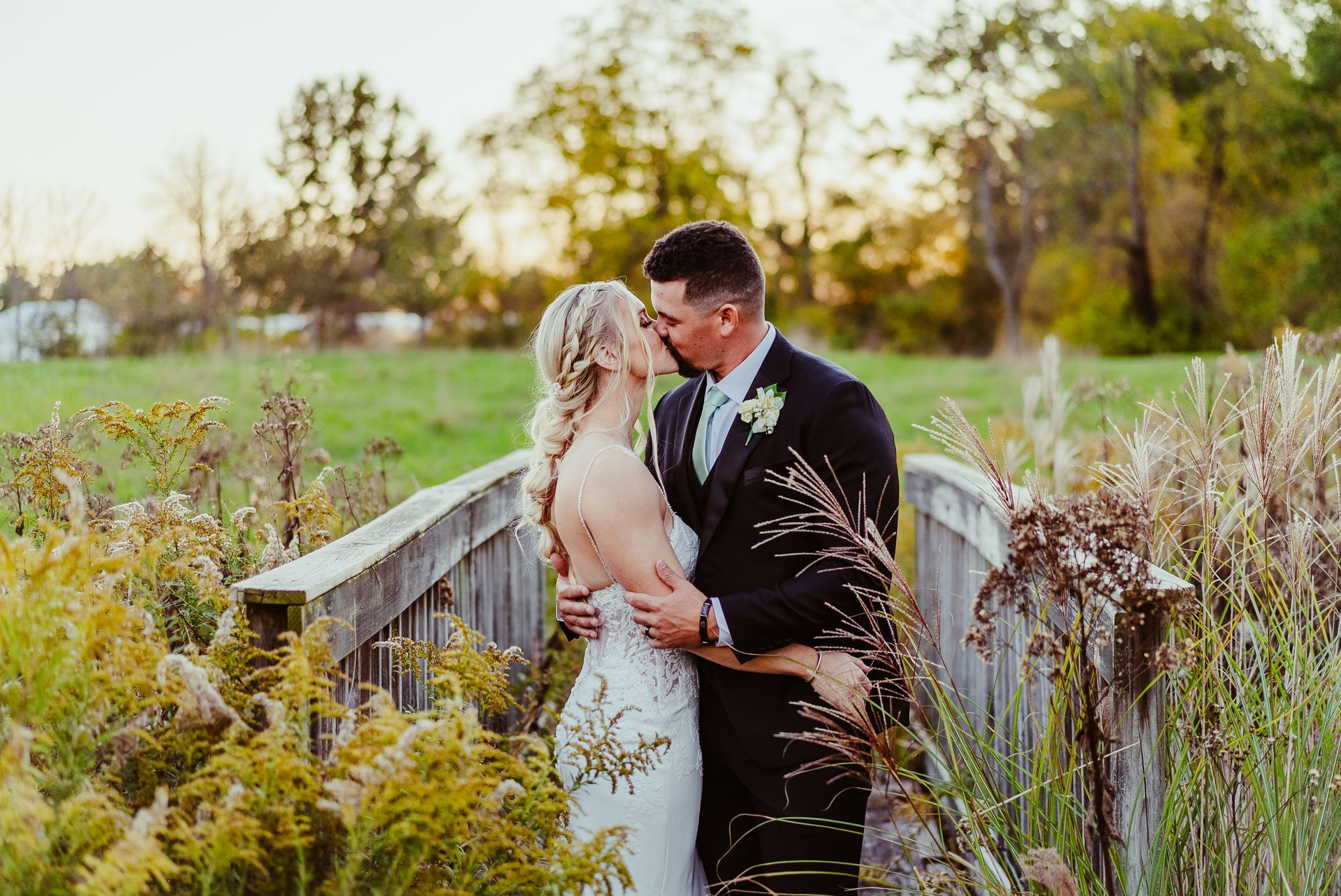
Capturing Intimate Couple Moments
Creating timeless wedding photographs requires mastering the delicate balance between posed and candid moments. The key lies in understanding how to capture intimate interactions while maintaining authenticity.
Classic Romance Poses
The timeless embrace stands as one of the most iconic wedding poses, where couples stand face-to-face with hearts intertwined. This intimate position allows photographers to capture the profound connection between partners while ensuring flattering angles for both.
For ring exchange photos, positioning is paramount. The couple should maintain gentle physical contact while exchanging rings, allowing their natural smiles and meaningful glances to convey their devotion. Indeed, these shots often become centerpieces of wedding albums, representing the couple's commitment in a tangible way.
First look photos demand special attention to timing and emotion. These poignant moments capture raw reactions as couples see each other for the first time on their wedding day. Primarily, photographers should position themselves to capture both facial expressions and body language, as these shots often yield the most genuine emotional responses.
Candid Interaction Techniques
To capture authentic moments, photographers must blend into the background, becoming virtually invisible to the couple. This approach allows for documenting genuine interactions without disrupting the natural flow of emotions.
Consider these proven techniques for capturing candid moments:
- Create opportunities for natural movement and interaction
- Focus on capturing genuine emotions as they unfold
- Allow couples to interact without constant direction
- Document quiet, intimate moments between posed shots
Using Environment Creatively
Successful photographers leverage natural beauty and architectural elements to enhance intimate portraits. Sunset poses, particularly, create breathtaking opportunities by harnessing golden hour lighting for a touch of natural romance.
The venue's surroundings offer unique opportunities for creative shots. Whether utilizing grand staircases, elegant archways, or natural landscapes, each element can add depth and context to intimate moments. Certainly, photographers should scout locations beforehand to identify optimal shooting spots and lighting conditions.
Lighting plays a crucial role in setting the mood for intimate portraits. Professional photographers often employ creative lighting techniques during reception dances to transform ordinary moments into lasting memories. Understanding how to manipulate both natural and artificial light ensures couples are captured in their best light throughout the day.
Conclusion
Wedding photography mastery combines technical expertise with an understanding of human connection. Your choice of photography style, thorough preparation, and natural posing techniques work together to create lasting memories of your special day.
Remember that genuine moments make the most memorable photographs. Rather than focusing solely on perfect poses, allow your personality to shine through while working with your photographer's guidance. This approach helps capture authentic interactions that tell your unique love story.
Practice sessions before the wedding day build confidence and familiarity with the camera. These rehearsals, paired with clear communication about your expectations, ensure both traditional portraits and candid moments are captured beautifully.
Success lies in finding balance - between posed and natural shots, between following a shot list and allowing spontaneous moments, between managing group photos efficiently and capturing intimate couple portraits. Trust your photographer's expertise while staying true to your vision, and those perfect wedding photos will naturally follow.
FAQs
Q1. How can I look natural and relaxed in my wedding photos?
Focus on interacting genuinely with your partner rather than posing for the camera. Practice during engagement shoots to build confidence. On the wedding day, engage your senses by feeling the textures around you or sharing private moments to stay present and capture authentic emotions.
Q2. What's the best way to prepare for wedding photography?
Communicate clearly with your photographer about your vision and any concerns. Complete their questionnaire, discuss important details, and create a concise shot list of must-have moments. Consider an engagement shoot to practice and get comfortable in front of the camera.
Q3. How can we capture intimate moments as a couple?
Work with your photographer to find a balance between classic poses and candid interactions. Use your environment creatively, whether it's a sunset backdrop or architectural elements. Allow for quiet moments between posed shots, and trust your photographer to capture genuine emotions as they unfold.
Q4. What are some tips for managing group photos efficiently?
Designate a family member or friend to help organize groups. Start with the largest configurations and work your way down. Position the couple at the center and build outward, using a V-formation for family portraits. Consider using elevated positions for larger groups to ensure everyone is visible.
Q5. How do different photography styles affect posing?
Traditional styles involve more structured poses and formal compositions, while photojournalistic approaches focus on capturing candid moments. Choose a style that aligns with your personality. Traditional styles require more time for posed shots, while photojournalistic styles allow for more natural movement and interactions throughout the day.
